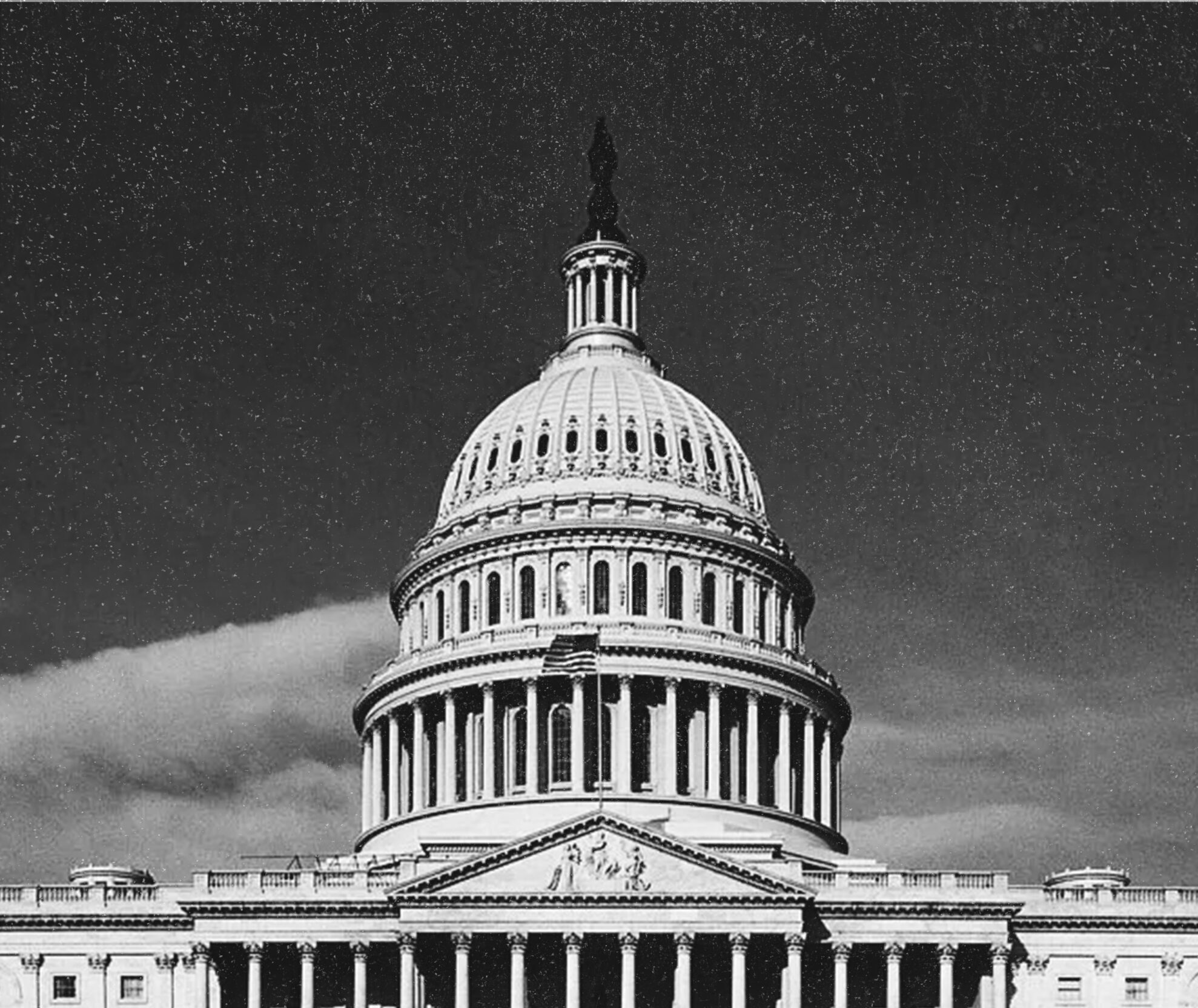
Economists continue to debate whether the high rates of inflation observed over the last few months are transitory or permanent. Year-on-year inflation was 4.3 percent in August. The average annual rate of inflation since January 2020 is around 2.85 percent. Should we expect inflation to return to the Fed’s 2 percent average inflation target? Or, is inflation likely to remain high well into the future?
One way to estimate future inflation is to look at market expectations. Bond traders must consider inflation when deciding what they are willing to pay or accept. When they make a trade, they are putting their money where their mouth is. Since they don’t want to lose on these transactions, they have a strong incentive to estimate inflation accurately. What do their trades imply about the expected rate of inflation?
Using the Fisher equation and interest rates on traditional Treasuries and Treasury inflation-protected securities (TIPS), it is relatively straightforward to calculate an implied expected rate of inflation. The Fisher equation says the i = r + E(π), where i is the nominal interest rate, r is the real interest rate, and E(π) is the expected rate of inflation. Rearranging, we get the formula E(π) = i – r.
Traditional Treasuries promise to pay a specified dollar amount at some point in the future. TIPS, in contrast, adjust the future payment based on the amount of inflation that has been realized. These assets have the same issuer, meaning there is no difference in issuer risk. And, so long as we restrict comparisons to a given maturity date, they have the same duration risk. There is a small difference in inflation risk. But, otherwise, these assets are identical.
Suppose we treat these bonds as equivalent. In that case, we can use the interest rate on traditional Treasuries as a measure of the nominal interest rate (i) and the interest rate on TIPS as a measure of the real interest rate (r). Hence, E(π) = traditional Treasuries rate – TIPS rate. The Federal Reserve refers to this implied market expectation of inflation as the breakeven inflation rate. Others call it the TIPS spread.
The breakeven inflation rate, or TIPS spread, is presented below for the five, ten, and thirty-year horizons. At present, the TIPS spread suggests bond traders are currently pricing in an annual rate of inflation of 2.64 percent over the next five years; 2.50 percent over the next ten years; and 2.24 percent over the next thirty years.

Before concluding that the Fed is likely to overshoot its average inflation target, one should recognize two problems with the estimates presented above. First, we have treated traditional Treasuries and TIPS as equivalent bonds. But they are not equivalent. Someone holding traditional Treasures will gain or lose in the event that inflation turns out different than was expected when the asset was purchased. Someone holding TIPS will not gain or lose if inflation is lower or higher than expected, because the final payment is adjusted for inflation. Hence, traditional Treasuries are a little more risky.
Since the rate on traditional Treasuries reflects the additional risk of traditional Treasuries relative to TIPS, the estimate of inflation implied by the TIPS spread is biased upward. The bias is probably very small, though. In the US, the risk that actual inflation will deviate significantly from what is expected is thought to be very low. Still, one should acknowledge that actual inflation expectations are a bit lower than estimated using this approach.
When it comes to assessing whether markets believe the Fed will hit its average inflation target, however, there is a much bigger problem with the TIPS spread. TIPS are adjusted for inflation using the Consumer Price Index (CPI). The Fed targets the Personal Consumption Expenditures Price Index (PCEPI). Since CPI inflation usually exceeds PCEPI inflation, the TIPS spread likely overstates expected PCEPI inflation.
If estimating PCEPI inflation is the goal, the TIPS spread should be adjusted downward. But how much? One relatively straightforward approach is to subtract the average difference between the CPI and PCEPI from the TIPS spread. More formally, E(πPCEPI) = traditional Treasuries rate – TIPS rate – (πCPI – πPCEPI).
From January 2010 to January 2020, CPI inflation (πCPI) averaged 1.78 percent. PCEPI inflation (πPCEPI) averaged 1.58 percent. The average difference (πCPI – πPCEPI) was 0.20 percentage points. Thus, our estimate of expected PCEPI inflation is E(πPCEPI) = traditional Treasuries rate – TIPS rate – 0.20.
Breakeven PCEPI inflation, as measured by the adjusted TIPS spread, is presented below for the five, ten, and thirty-year horizons. At present, breakeven PCEPI inflation is estimated at 2.44 percent over the next five years; 2.30 percent over the next ten years; and 2.04 percent over the next thirty years. This suggests that the Fed is likely to overshoot its average inflation target over the near term, but will gradually bring rates back down to target over the long term.

Let me be clear: this is a very crude adjustment to the TIPS spread. Reasonable people might disagree about the extent to which the TIPS spread should be adjusted downward to estimate future PCEPI inflation. The average difference between CPI and PCEPI inflation from January 2000 to January 2020, for example, was 0.32 percentage points. The economist David Beckworth describes a 0.30 percentage point adjustment as “modest.” In another thread, he adjusts the TIPS spread by the difference between professional forecasts of CPI and PCEPI inflation.
More importantly, one should recognize that there is a range of reasonable views. My estimates are a bit higher than Beckworth’s and, correspondingly, I am a bit more concerned about inflation than he is. But the difference in our estimates––and, as a consequence, our positions––is pretty small. We are both well within the range of reasonable.
Those denying any risk that inflation will remain above target or confidently predicting that 4 percent inflation will be the new normal, in contrast, are not within the range of reasonable. They are rightly ridiculed.




